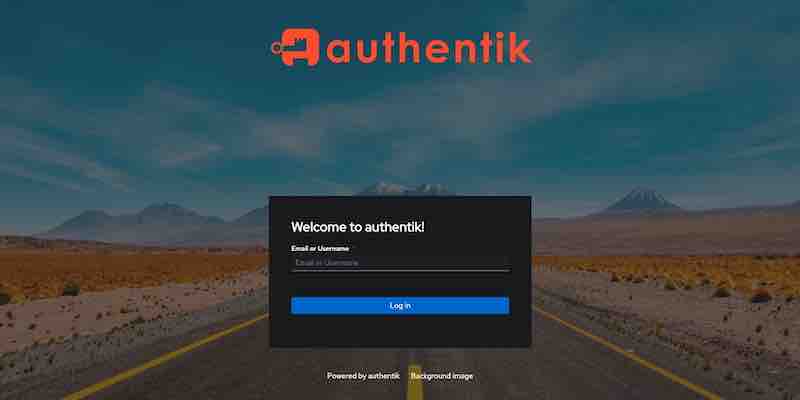Open-Source Advantages: Navigating the Benefits and Challenges of authentik

Open-source software like authentik has been gaining traction across industries due to its inherent flexibility, transparency, and collaboration. However, while numerous advantages exist, organizations must also be cognizant of potential challenges. Let’s delve into the benefits and challenges of authentik’s open-source nature, especially concerning customization, community support, and security.
Benefits:
- Customization Flexibility:
- Tailored Solutions: Open-source platforms allow organizations to modify the code to fit their needs, ensuring that the software aligns perfectly with their operational requirements.
- Integration Capabilities: With access to the source code, organizations can seamlessly integrate authentik with other systems or applications, ensuring a cohesive IT ecosystem.
- Robust Community Support:
- Collective Expertise: Open-source projects often have a community of developers and enthusiasts contributing to the software. This collective expertise can lead to rapid bug fixes, feature enhancements, and continuous improvement.
- Knowledge Sharing: Forums, discussion boards, and community events foster a culture of knowledge sharing, enabling users to learn from each other’s experiences and best practices.
- Transparency and Trust:
- Code Visibility: The transparency of open-source code allows organizations to understand exactly how the software operates, fostering trust in the platform.
- No Vendor Lock-in: Organizations are not tied to a single vendor’s roadmap or pricing strategy, granting them greater autonomy and flexibility.
Challenges:
- Security Concerns:
- Vulnerability Exposure: While open-source code allows for transparency, it also exposes potential vulnerabilities to malicious actors. However, the same transparency enables the community to swiftly identify and rectify these vulnerabilities.
- Dependence on Community: Security updates and patches often rely on the community’s responsiveness. Organizations must be proactive in monitoring updates and ensuring timely implementation.
- Customization Overhead:
- Maintenance Challenges: Customizing the source code can lead to challenges during updates, as customized features might not be compatible with the latest versions.
- Expertise Requirement: Deep customization requires expertise in the platform, necessitating skilled personnel or external consultants.
- Varied Quality of Community Support:
- Inconsistency: While the open-source community is often responsive, the support quality can vary. Some issues might be resolved quickly, while others might take longer or lack comprehensive solutions.
- Reliance on Volunteers: Since many contributors are volunteers, there’s no formal obligation for them to address issues, potentially leading to delays.
Conclusion:
While authentik’s open-source nature offers many advantages, especially in terms of customization and community-driven innovation, organizations must approach it with a clear understanding of the associated challenges. By actively engaging with the community, staying updated on security practices, and investing in the necessary expertise, organizations can harness the full potential of open-source platforms like authentik.